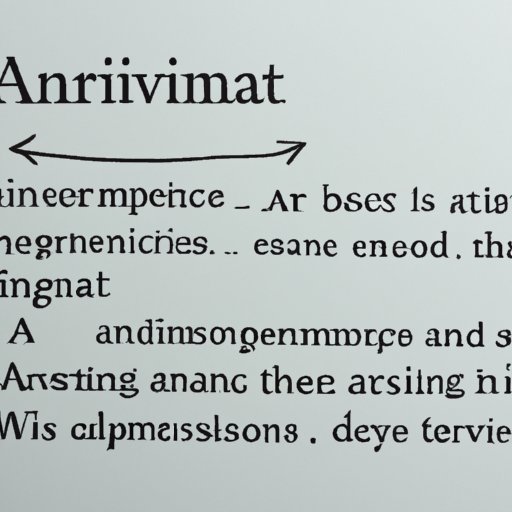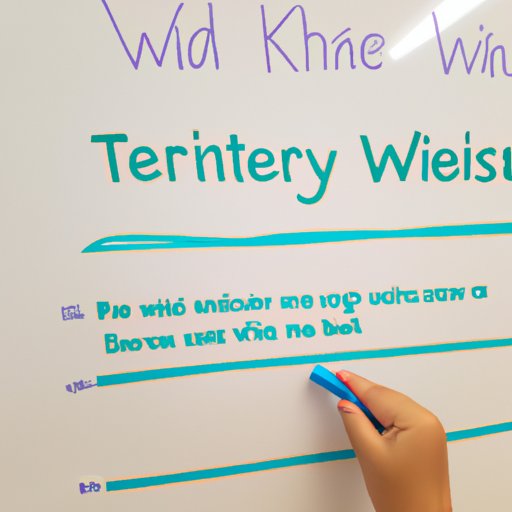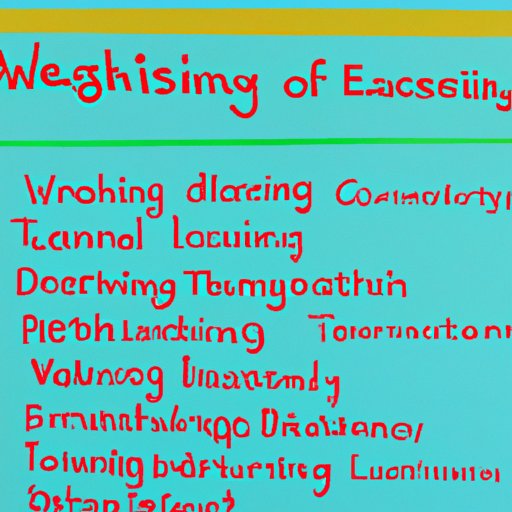Introduction
Interactive writing is a technique used in the classroom to help students learn to read and write. It is a cooperative activity in which students work together to create a piece of writing. Through this process, students learn to think critically about language, develop their own writing style, and build confidence in expressing themselves through written words.
At its core, interactive writing involves teachers and students working together to compose a piece of writing. The teacher provides guidance and support as the students actively contribute ideas and suggestions. Through this collaborative effort, the group works together to develop a unique piece of writing that captures the collective voice of the class.

A. Definition of Interactive Writing
Interactive writing is a cooperative writing activity that engages both teachers and students in the creative process of composing a piece of writing. In this type of writing, students work together with the teacher to brainstorm ideas, plan the structure of the writing, and create a final draft. Teachers provide guidance to help students understand the conventions of written language and develop their own writing style. Through this process, students learn to think critically about language and develop confidence in expressing themselves through written words.

B. Overview of the Benefits of Interactive Writing
Interactive writing offers numerous benefits for students. By working together on a single piece of writing, students are able to gain knowledge and understanding of the writing process. They learn to cooperate with one another and develop strategies for communicating effectively. Additionally, interactive writing encourages students to think critically about language, practice self-expression, and develop their own writing style. Finally, this type of writing builds confidence in students’ ability to express themselves through written words.

How to Use Interactive Writing in Your Classroom
A. Introducing Interactive Writing
Before introducing interactive writing into your classroom, it is important to establish a safe and comfortable environment where students feel free to share their ideas and opinions. Encourage students to work together and respect each other’s contributions. Explain the purpose of interactive writing and how it can be used to improve student literacy skills.
B. Developing Interactive Writing Activities
Once you have established a cooperative atmosphere, you can begin to develop interactive writing activities. Start by selecting a topic or theme for the writing. Brainstorm ideas with the class and discuss the different ways that the writing could be structured. Encourage students to make suggestions and provide feedback. As the writing develops, guide students through the process of creating a final draft.
C. Examples of Interactive Writing Activities
Interactive writing can be used to develop a wide range of writing genres. Here are some examples of interactive writing activities:
- Storytelling – Students work together to create a story.
- Letter writing – Students write a letter to an individual or organization.
- Journal writing – Students keep a journal of their thoughts and experiences.
- Poetry – Students write a poem together.
Building Literacy Skills Through Interactive Writing
A. The Role of Interactive Writing in Developing Literacy Skills
Interactive writing helps students develop key literacy skills such as reading comprehension, fluency, grammar, and vocabulary. Through the collaborative process of writing, students learn to listen to each other’s ideas and express themselves effectively. As they work together, students become more aware of the conventions of written language and develop their own writing style.
B. Tips for Making Interactive Writing Fun and Effective
Interactive writing should be enjoyable and engaging for students. Here are some tips for making interactive writing fun and effective:
- Encourage creativity – Allow students to explore their imaginations and express their ideas freely.
- Engage all students – Make sure that everyone has a chance to participate in the writing process.
- Provide positive feedback – Give students praise and encouragement to motivate them to continue writing.
- Incorporate multimedia – Use audio and visual elements to add interest to the writing.
Conclusion
Interactive writing is an engaging and effective way of developing students’ literacy skills. Through this collaborative process, students learn to think critically about language, practice self-expression, and develop their own writing style. By providing guidance and support, teachers can help students create meaningful pieces of writing that capture the collective voice of the class.
To get the most out of interactive writing, it is important to establish a safe and comfortable environment where students feel free to share their ideas and opinions. Additionally, teachers should encourage creativity, engage all students, and provide positive feedback to motivate students to continue writing. By following these tips, teachers can make interactive writing a fun and rewarding experience for students.
Interactive writing provides many benefits for students. It helps them develop literacy skills, practice self-expression, and build confidence in expressing themselves through written words. For teachers, it is an effective and engaging way to foster cooperation among students and develop their writing skills.
For further exploration of interactive writing, consider incorporating multimedia elements, such as audio and visuals, into the writing process. Additionally, there are numerous online resources available to help teachers develop interactive writing activities for their classrooms.
(Note: Is this article not meeting your expectations? Do you have knowledge or insights to share? Unlock new opportunities and expand your reach by joining our authors team. Click Registration to join us and share your expertise with our readers.)
